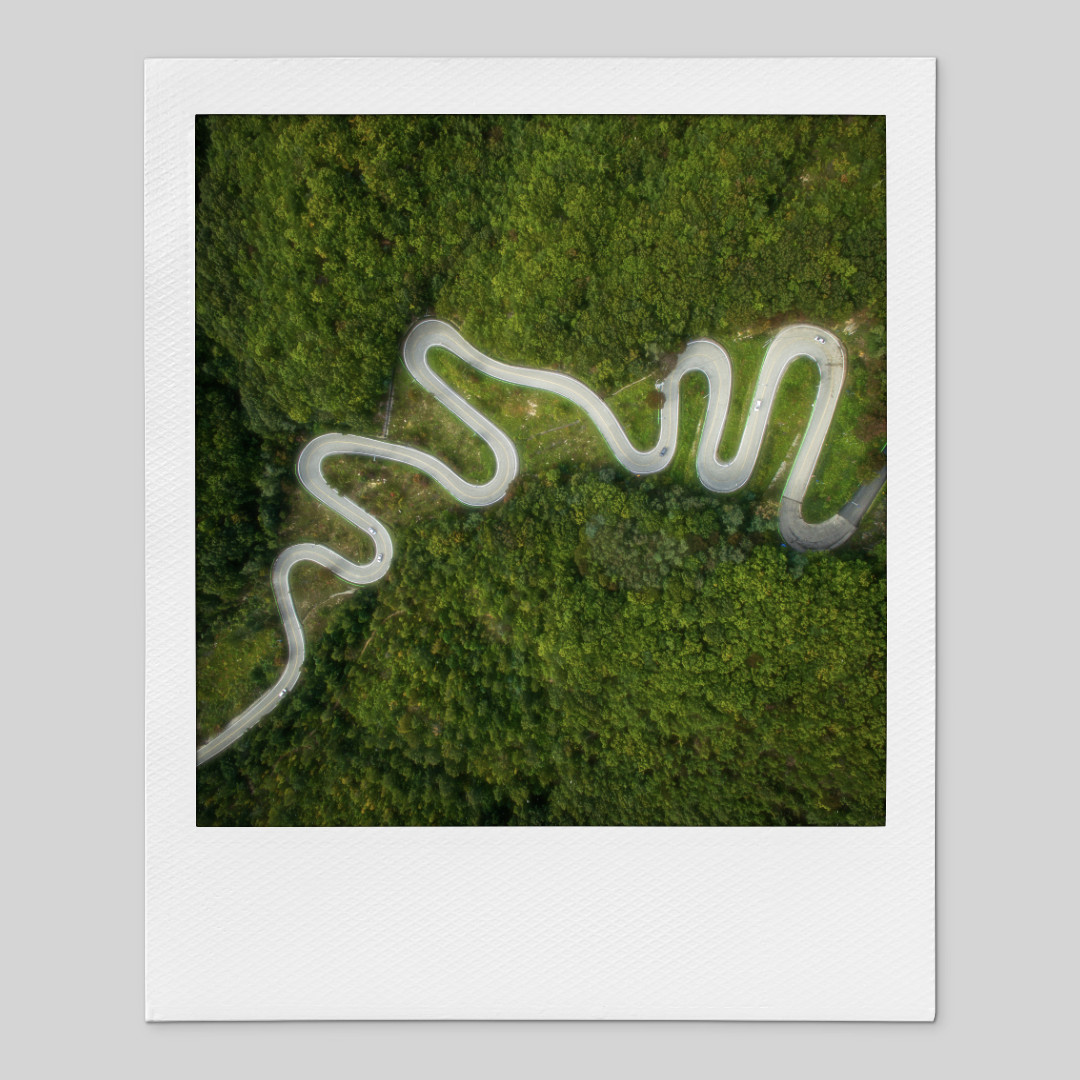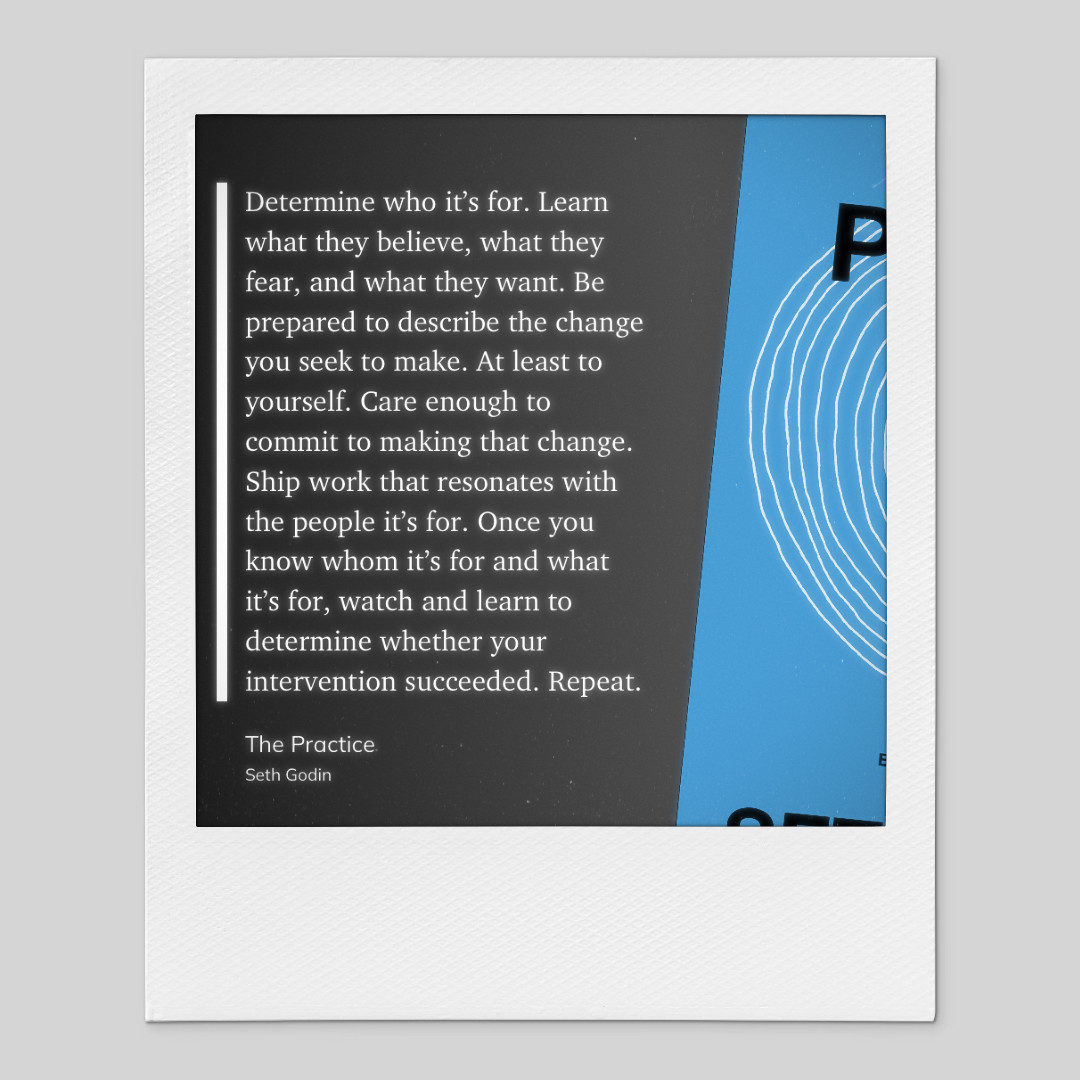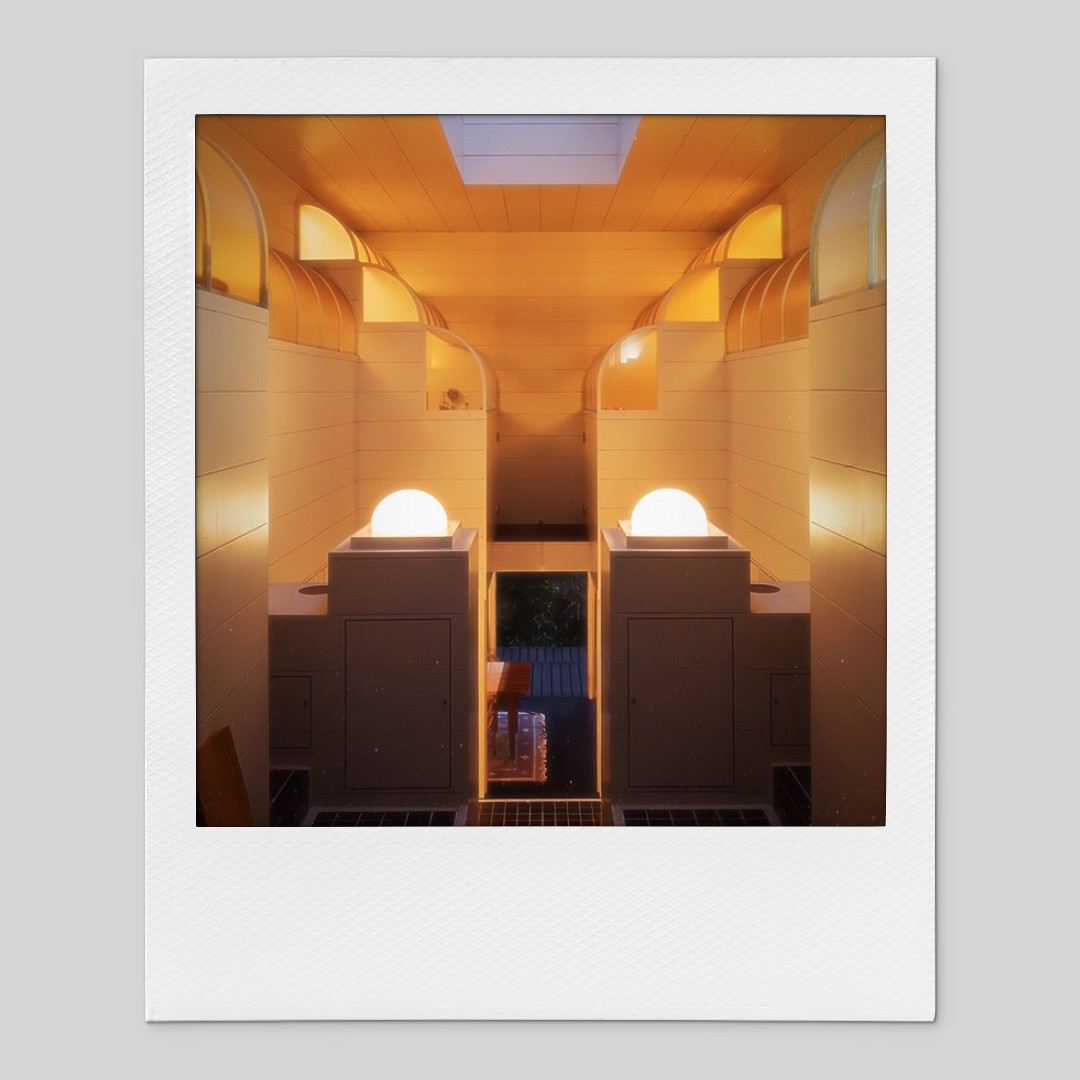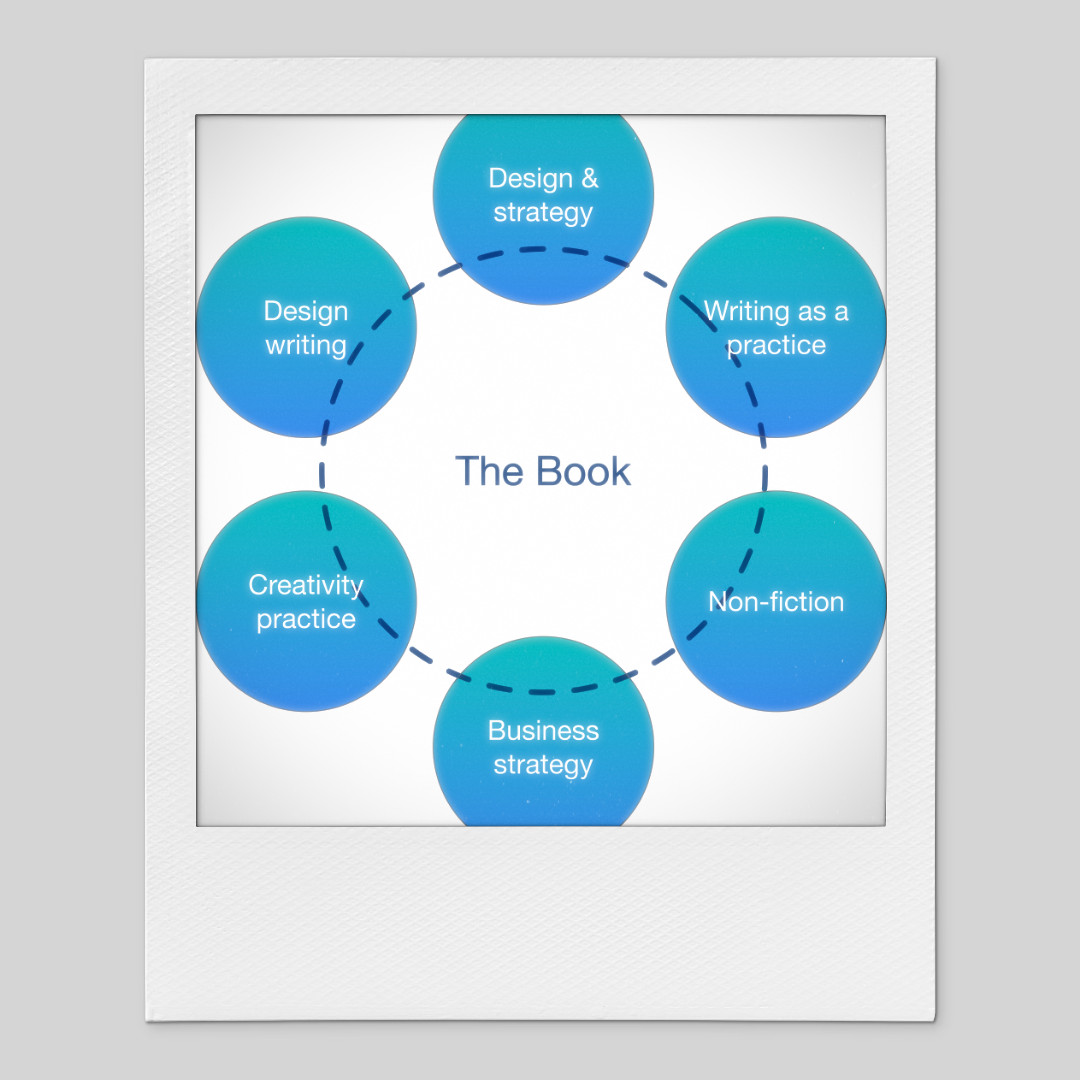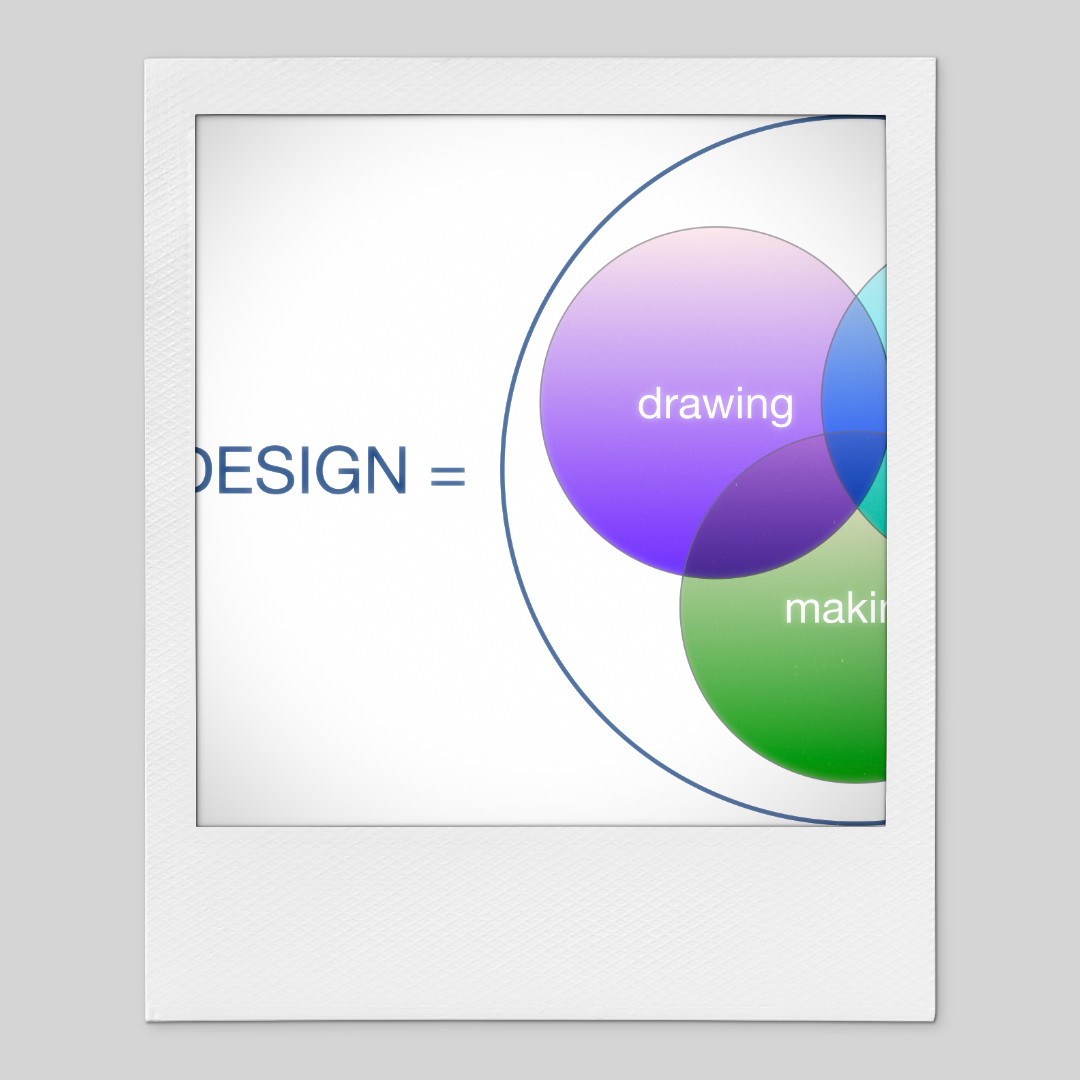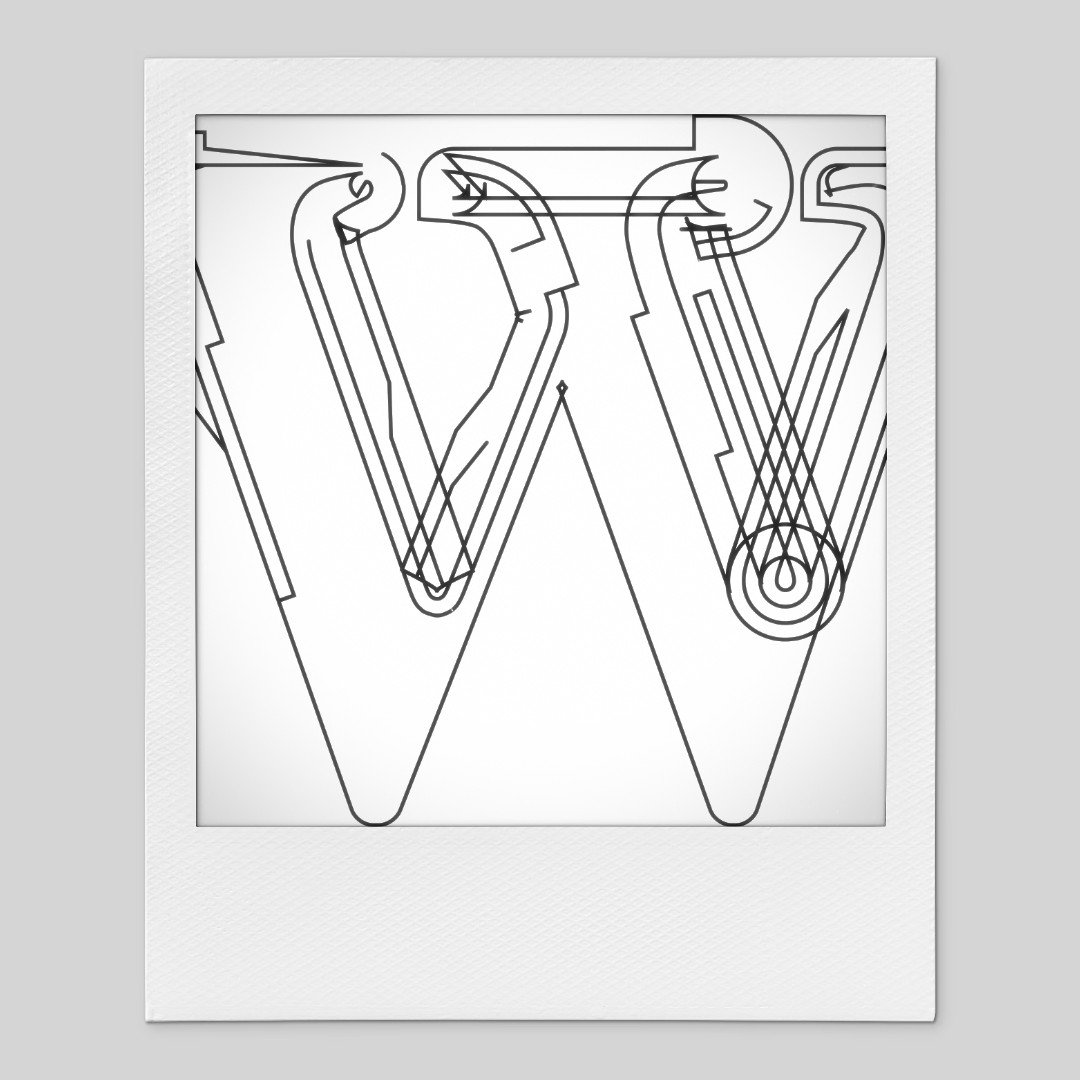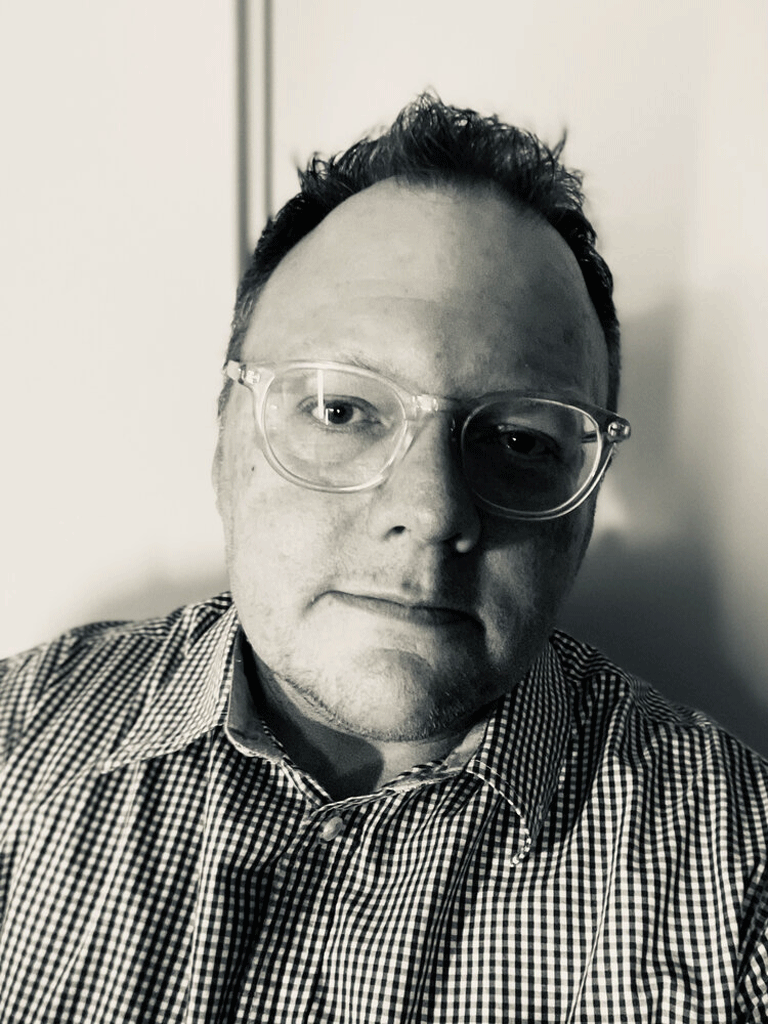In "Signal. Image. Architecture.," John May argues that traditional drawing in architecture has been overtaken by technics of imaging since the advent of software like AutoCAD. He highlights that contemporary architectural practices are now focused on digital image creation, detaching from the hands-on skill of drawing. This shift has left younger architects with no familiarity with manual drawing techniques, reflecting a broader change in technical production methodologies.
This evolution signifies the replacement of orthographic production's historical and temporal relationships with a new culture centered on imaging. Despite the persistent, hand-crafted nature of architecture, the industry still relies on two-dimensional representations derived from digital models, awaiting a future where digital constructs play a direct role in building processes. In this context, senior practitioners strive to instill an understanding of traditional orthographic documents and their relevance, even as digital tools dominate.
The book prompts reflection on whether the analogy of ‘drawing with words’ still holds validity in a digital-first design landscape. It questions whether such analogies remain meaningful in a world where traditional drawing practices are essentially obsolete. This contemplation acknowledges the complexities and ongoing transitions within the field of architecture.
Read more...In the summer of 1990, before starting architecture school, I watched the British documentary series "Architecture at the Crossroads," sparking a vocational and intense interest in this strange thing called architecture. This wasn't a burning emotional love, but rather an appreciation for a discipline I could bring into my world—a world of complex yet fascinating puzzles that influenced people's everyday lives.
The documentary portrayed architecture as a social endeavor, turning mundane built environments into compositions that spoke a physical language of form, repetition, pattern, materiality, and space. Particularly impactful was the episode on Japanese houses, with Hiroshi Hara's Awazu house standing out for its astonishingly literal and symmetrical design, vastly different from my suburban Australian upbringing, evoking a sense of open-ended possibility.
Stay tuned for more insights.
Read more...
In this post, the writer emphasizes the importance of continual adaptation and re-evaluation in both personal and professional spheres. Drawing inspiration from Seth Godin's "The Practice," the focus is on serving and improving the lives of a specific group rather than attempting to appeal to everyone. The writer proposes to narrow their scope and better define their audience even further, potentially honing in on architects and interior designers to make the greatest impact with their work.
Read more...
Embarking on a creative endeavor often feels like navigating through a tangled mess, a sentiment vividly captured when reflecting on the transition from writing.consulting to writing.design. This chaotic state of uncertainty, while bewildering, is paradoxically a sign that the project is progressing well, embodying a crucial phase of integration and synthesis. Such disarray is familiar terrain for veterans of creative industries, though it may perplex those outside this sphere.
In the journey of crafting a book project, the focus has shifted inward towards the realms of architecture and design, areas deeply embedded in the author's professional and journalistic pursuits. This pivot, although it may seem evident in hindsight, highlights the importance of embracing all possibilities when starting from scratch. The gravitation towards familiar territories of design and architecture not only marks a return to one's roots but also promises a rich exploration of these fields in the forthcoming book.
As the project continues to unfold, there's an air of anticipation about what will emerge in the near future. This redirection towards specific professional domains signifies a narrowing of focus that may harness the untamed aspects of the creative process, guiding it towards a more defined outcome. The journey, rife with uncertainty and rediscovery, suggests that the final synthesis will reveal insights intertwined with the worlds of design and architecture, offering a unique perspective to its readers.
Read more...
In an introspective examination of the creative process behind authoring a book, the importance of refining scope and embracing pivots in direction is highlighted. This iterative process is likened to tightening cycles of convergence, leading to eventual divergences that broaden the book’s applicability and resonance. A focal point of this reflection is the influence of architectural training and perspectives, spurred by the insights from "Out of Architecture" by Jake Rudin and Erin Pellegrino, on both the content and structure of the evolving manuscript.
The blog post delves into the transformative power of architectural education and experience in shaping not only professional paths but also the conceptual underpinnings of creative endeavors. This exploration is framed around the notion of navigating the 'before' and 'after' of an architectural career, using the shift as a metaphor for the broader transitions and adaptations required in creative pursuits. The pivot towards a more architecture-centric approach is posited as a strategy to distill the essence of the book’s theme, setting the stage for future exploration of architectural motifs and their universal implications.
By examining the personal impact of architectural principles on the author’s project, the post sets the expectation for a deeper dive into architectural themes in subsequent writings. This approach underscores the integrative nature of seemingly disparate professional experiences and creative outputs, reflecting on the fluidity between specific professional knowledge and its application in broader contexts. The anticipation of more architecture-focused content encourages readers to stay tuned for further insights into how architectural thinking can inform and enrich creative work.
Read more...

